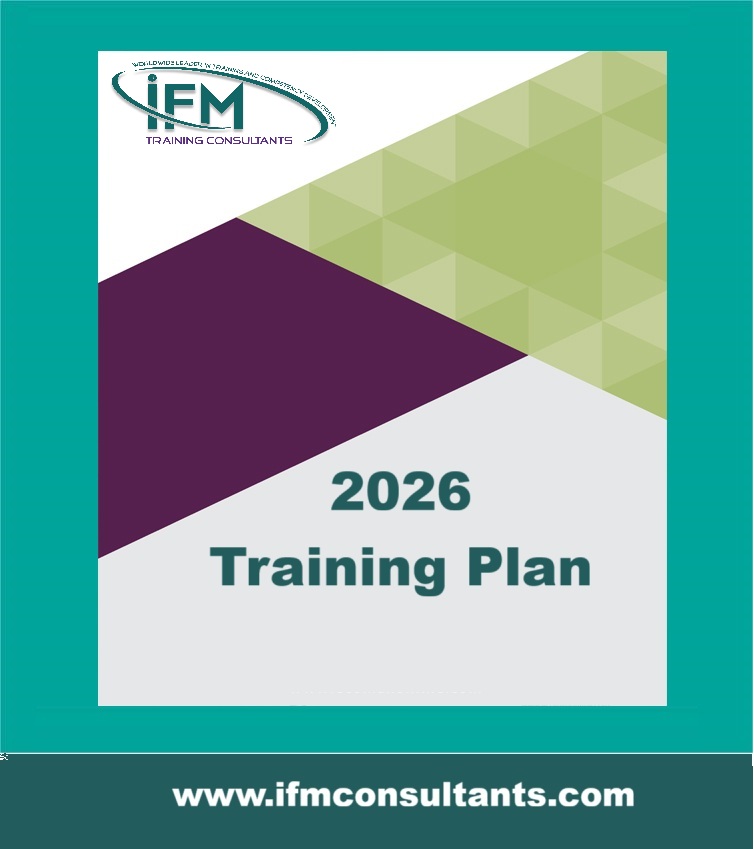Management Information Systems (MIS)
| Start Date | End Date | Venue | Fees (US $) | ||
|---|---|---|---|---|---|
| Management Information Systems (MIS) | 23 Nov 2025 | 27 Nov 2025 | Riyadh, KSA | $ 4,200 | Register |

Management Information Systems (MIS)
| Start Date | End Date | Venue | Fees (US $) | |
|---|---|---|---|---|
| Management Information Systems (MIS) | 23 Nov 2025 | 27 Nov 2025 | Riyadh, KSA | $ 4,200 |
Introduction
Digitizing an enterprise is a core approach to designing effective and efficient solutions to business problems. The key idea for digitizing the enterprise is systems and systems thinking. A system is an integrated set of elements that accomplish defined objectives. A digitized enterprise is not the same as a digital enterprise. A digitized enterprise is one that extensively uses digitized processes to solve business problems. A digital enterprise is a web-based enterprise. A web-based enterprise can also be considered as one that has been completely digitized. Systems thinking has driven the understanding of business for many years. At the core of systems, thinking is creating a boundary around a number of components of something and then understanding how the components influence and relate to each other. There is no better example of systems than the structure of a typical business. Adding the feedback idea to systems we get a dynamic and adaptive view of a business, a key need in responding to changes in the environment around the business.
The approach towards management information systems (MIS) has evolved over time. MIS started with the view that groups of actions and their related enablers (documents, skills, procedures, policies) could be linked together and be semi-automated by computers. Today, MIS encompasses the view of the entire enterprise as a collection of interacting automated and manual information systems.
Objectives
The approach towards management information systems (MIS) has evolved over time. MIS started with the view that groups of actions and their related enablers (documents, skills, procedures, policies) could be linked together and be semi-automated by computers. Today, MIS encompasses the view of the entire enterprise as a collection of interacting automated and manual information systems.
Training Methodology
This is an interactive course. There will be open question and answer sessions, regular group exercises and activities, videos, case studies, and presentations on best practice. Participants will have the opportunity to share with the facilitator and other participants on what works well and not so well for them, as well as work on issues from their own organizations. The online course is conducted online using MS-Teams/ClickMeeting.
Who Should Attend?
This course is designed for business managers and directors, business analysts, IT heads and directors, process analysts, systems analysts, supervisors, business systems teams, and managers who want to know how to adapt to today’s changing business environment.
Course Outline
Day 1: MIS Today
- A short history of MIS
- The role of the MIS as systems
- What is a digital enterprise?
- Business as a system
- Business as a group of related systems
- Issues in becoming a digital enterprise
Systems Thinking and Doing
- What is a system?
- Simple systems
- Complicated systems – the information system
- Complex – adaptive systems – the business
- Solving problems with systems
Day 2: Types of Systems
- The five model view of the business
- Operational – business functions and processes
- Performance – reporting and analytical
- Knowledge – case-based, expert, GIS
- Business environment, intelligence, competitive and business
- Product and marketing – CRM, data mining
Business Analysis – What Should The System Do?
- Identifying needs
- Articulating needs
- Ranking needs
- Defining solutions
- Assessing value and impact
- Computer systems analysis
Day 3: Enterprise Analysis – The Business Structure
- The business component idea
- Identifying the business components (functions, decisions, organizations, etc.)
- Documenting the business architecture
- Using the architecture
- Analytics for architectures
Articulating Requirements for Business Systems
- What goes into the requirements?
- Different types of system requirements (functional, BI, reporting, expert, etc.)
- A methodology for requirements
- A format for documentation
- Developing business requirements
Day 4: Developing information systems requirements Types of Operational Systems
- Transactional / real-time systems
- Process
- Workflow
- Case management
- Fully automated e-flows
- Integrated systems (ERP, SCM, CRM)
- Rogue or hidden systems
Business Performance and Reporting Systems
- Defining the purpose of the system
- Simple reporting
- Business intelligence
- Performance management
- Passive and active dashboards
Assessing Information System Viability
- System portfolios
- Portfolio management
- Business system assessment
- Types of feasibility analysis
- Operational feasibility
- Technical feasibility
- Schedule feasibility
- Economic feasibility
- Functional adequacy
- Technical adequacy
- The assessment grid
Day 5: Methods of Delivering Solutions
- The system is a solution – what is the problem?
- Build internally or externally – outsource the construction
- Choosing packages – a selection approach
- Process outsourcing
- Knowledge outsourcing
- End-user computing
- Cloud Computing and hosted delivery
Delivering Systems – The Role of IT
- The IT perspective
- The automated part of the solution
- The automated components: communications, data, technology, programs, etc.
- The automated system and its enablers
- The information systems development approach:
- Internally/externally
- Requirements management/traceability
- Change management
- Infrastructure/architectural standards management
Information Economics
- The value of the digital enterprise
- The role of information in the enterprise
- The value of information
- Business data/information - is it an asset?
- Financial implications of information/data on business’s operational success

















